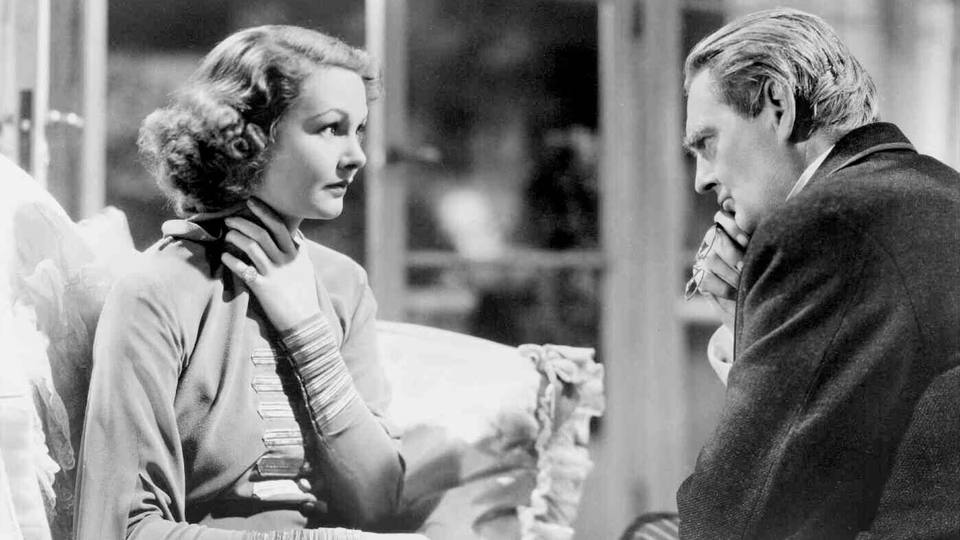Mark of the Vampire

When Sir Karell is discovered drained of blood and bearing puncture wounds in his neck, vampires are blamed. Lionel Barrymore plays an occult expert summoned to protect Sir Karell’s daughter who appears to be the vampire’s next target. Also, Bela Lugosi plays a Dracula-like character sporting an unexplained gunshot head wound whose only two lines come in the finale. Spoilers follow.
The first fifty minutes of this hour-long film proffer a quasi-rehash of Dracula’s second act. Lugosi stalks around a cobweb-strewn castle holding a candelabra, gazing bug-eyed at rats and spiders. Accompanying Lugosi is Carroll Borland as his vampire… daughter? Their relationship, like the bullet hole in Lugosi’s head, isn’t explained. Nor is his identity beyond his name: Count Mora.
Enter Lionel Barrymore as this entry’s Van Helsing. He’s there to protect Sir Karell’s daughter, played by Elizabeth Allan. Lionel Atwill rounds out the leads as a skeptical police inspector from Prague. Barrymore and Allan deliver their parts broad, giving wide-eyed reactions to every line reading, and with Barrymore snapping his dialog in a sneering nasal tone.
Lugosi lurks around a cobwebbed castle, preys on Allan, lurks around some more. After finding Sir Karell’s coffin empty, Atwill and Sir Karell’s friend and beneficiary, Baron Otto, spy on the goings on in Lugosi’s castle. There, they witness Borland transform from bat to human and confirm their worst fears: Sir Karell is amongst the vampires.
Then, at the fifty-minute mark, the film discards all the gothic horror elements in favor of a locked room mystery plot resolution involving hypnosis. The twist may surprise on first watch, but subsequent viewings reveal gaping plot holes. Consider the aforementioned transformation scene, or the shots of Lugosi stalking around the castle, or Lugosi’s attacks on Allan. None of it makes sense.
The film appears to be a remake of Todd Browning’s 1927 silent film, London After Midnight. That film is lost but the shooting script describes a similar plot. Thus Browning, who also helmed Dracula, should have been comfortable with the material. Yet he has Barrymore ham it up and regulates Lugosi to a prop.
What happened?
Historians agree Browning was a demanding director, relentless with his actors but less interested in the photography. This may explain why the film looks so good, as cinematographer James Wong Howe could film the picture as a straight horror, delivering atmospheric cinematography superior to the Universal Horror pictures he emulates.
But Browning doesn’t seem interested in horror. Indeed, one could read the first fifty minutes as a blistering parody of Dracula’s stiff, reserved performances. But unlike Mel Brooks with Young Frankenstein, Browning isn’t coming from a place of love, but of resentment. This would mark his third-to-last picture, and one wonders if he wasn’t determined to go out burning bridges.
Or perhaps he just struggled with comedy. Regardless, Mark of the Vampire proves a grating experience made even worse once you realize the first fifty minutes are inconsequential.